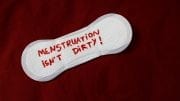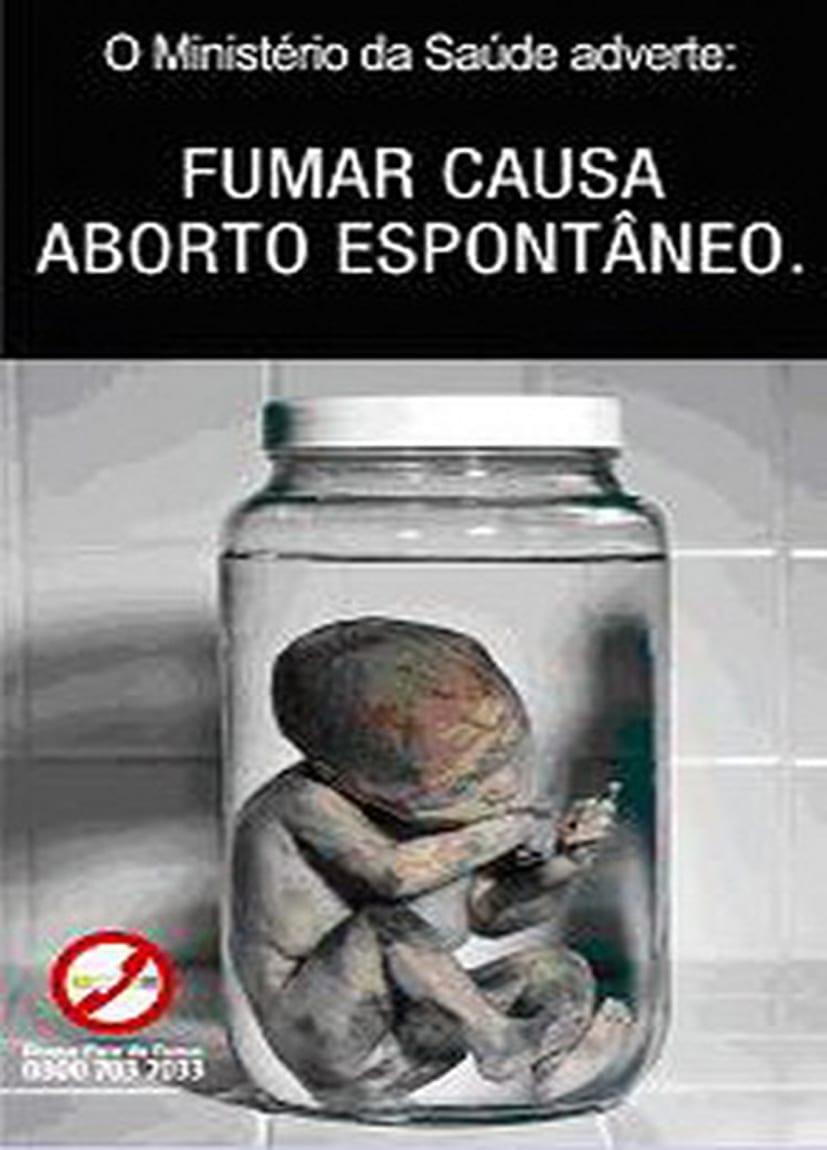Is it safe to take drugs during pregnancy?
It often seems like this is one of those “caught between a rock and a hard place” things. About 10,000 prescription drug products are available in the United States, and this does not include over-the-counter (non-prescription) products. Perhaps 50% of pregnant women use medication during pregnancy, and no one knows for sure how most drugs affect a developing fetus. Most birth defects occur during the first three months of pregnancy, often before a woman even knows she is pregnant. Unfortunately, that’s the time during which the embryo is most susceptible to teratogens, which are substances that can cause defects.
So, what’s an expectant mother to do?
The US Food and Drug Administration has done a good job of classifying many drugs for safety in pregnancy. A good rule of thumb is that a pregnant woman shouldn’t take any drug unless it’s absolutely necessary, and until she has checked with her physician or other health-care provider about safety. But what’s “safe”? And what’s “absolutely necessary”? Alcohol, nicotine, and cocaine aren’t usually considered to be necessary, so those are easily dealt with. They can harm the fetus, and shouldn’t be used. Even my beloved caffeine is suspect!
The issue of “safety” is a more difficult one.
Certainly, a drug which causes absolutely no harm to the fetus (or to the mother) is a “safe” drug. Also, a drug which has zero risk of causing harm to the fetus (or mother) is “safe”. But how close must the risk be to zero? Is an incidence of one birth defect in 500 million uses close enough to zero? Probably. But what about one in a million? Or one in 100? That’s a bit harder to decide, isn’t it? All drugs have side effects, and when used during pregnancy, some of them cause birth defects. One of the most difficult problems for expectant mothers (and their health-care providers) is to weigh the risk to the fetus against the benefit to the mother.
The true concept of the risk-to-benefit ratio emerged dramatically in the early 1960s with the thalidomide disaster. At that time thalidomide (Synovir), a sedative drug with no obvious advantage over other drugs in its class, was introduced in Europe. After a short period, it became apparent that the incidence of a relatively rare birth defect, phocomelia (severe limb deformities) was increasing. The problems soon reached epidemic proportions, and retrospective research established the cause to be thalidomide taken by the mothers early in the course of pregnancy. Over 10,000 babies were born with phocomelia due to thalidomide! The reaction was worldwide. In the United States, thalidomide was never approved for use as a sedative, but it is currently being used for some other serious disorders for which there are few or no alternative effective medications. The current uses of thalidomide will be addressed in a future feature, but resources are listed at the end if you wish to read more about this now.
Let’s look at a few other examples to illustrate the risk versus benefit problem. The drug isotretinoin should never be used in pregnant women. It is very effective for treating severe acne, but it causes serious birth defects, such as abnormal facial features and mental retardation. There are other drugs available to treat acne, and the disease is not life-threatening to the mother. The risk to benefit ratio for the use of isotretinoin in pregnant women is unacceptable. The risks clearly outweigh the benefits, and the drug is placed into pregnancy category “X” by the US Food and Drug Administration. See the table below.
More difficult to decide about is the use of the drug Paclitaxel . This drug is used to treat ovarian and breast cancer. It causes birth defects in animals, and is therefore believed to cause fetal harm in humans. Despite this, it may in some instances be appropriate to use during pregnancy. The benefits of its use to fight life-threatening cancers may sometimes outweigh the potential harm to the fetus. Paclitaxel is placed into pregnancy category “D” by the Food and Drug Administration.
All drugs available in the United States have been assigned to a pregnancy category by the US Food and Drug Administration. The classification, summarized in the table below, is based on available clinical and preclinical information, and can be modified as needed after a drug has been marketed. Many drugs, however, are in the “not rated” category. The classification is included on all professional package labeling for each drug, and also as part of most web indices which may be used to find information about specific drugs. Although it’s best to avoid drugs during pregnancy, this classification can help determine the risk-benefit ratio if the drug is taken by a pregnant woman.
| Category | Example | Description |
|---|---|---|
| A (Low Risk) |
very few Thyroid Hormones; Pyridoxine (Vitamin B6) |
Studies in pregnant women show no adverse effects on the fetus during the first trimester of pregnancy, and there is no evidence of adverse effects in later trimesters. |
| B | Penicillin V Potassium |
Studies in animals show adverse effects on the fetus, but human studies show no adverse effects on the fetus; OR Studies in animals show no adverse effects on the fetus, but human studies have not been done. |
| C | Ascorbic acid
Acetyl- category D in 3rd trimester |
Animal studies have shown an adverse effect on the fetus but there are no adequate studies in humans; the benefits of the drug in pregnant women may be acceptable despite its potential risks; or There are no animal reproduction studies and no adequate studies in humans. |
| D | Paclitaxel
|
There is evidence of human fetal risk, but the potential benefits from the use of the drug in pregnant women may be acceptable despite its potential risks. |
| X (High Risk) |
Diethyl- stilbestrol Finasteride Thalidomide |
Studies in animals or humans demonstrate fetal abnormalities or adverse reaction reports indicate evidence of fetal risk. The risk of use in a pregnant woman clearly outweighs any possible benefit. |
| NR | Acet- aminophen |
Not rated. |
The pregnancy category is part of the official “prescribing information” for all drugs approved in the United States, and that “prescribing information” probably the best source to use to determine whether or not a specific drug is “safe” during pregnancy. The “prescribing information” is mandated and approved by the FDA in the United States, and is not “advertising hype” of any sort. Be cautious when reading more general statements about drug safety in pregnancy, especially if the category (A-D) is not mentioned, and evaluate the source. Those in category X are simply “high risk”, and should not be used during pregnancy. “Natural” substances, or dietary supplements, are not necessarily “safe”. They’re just not covered by the same laws, and despite oft-made claims, have usually not been tested for “safety” in pregnancy. Get the facts, and decide for yourself, in consultation with your healthcare provider. The “prescribing information” is often available from the Drug Manufacturer’s Web Site.
The bottom line is that we are in the best position ever to make informed decisions concerning the use of drugs in pregnancy. These are sometimes difficult choices, but we’ve come a long way since the thalidomide disaster. Thanks to good education and responsible drug testing and marketing, such a situation is not likely to happen ever again.






Be the first to comment on "Are Drugs Safe In Pregnancy?"